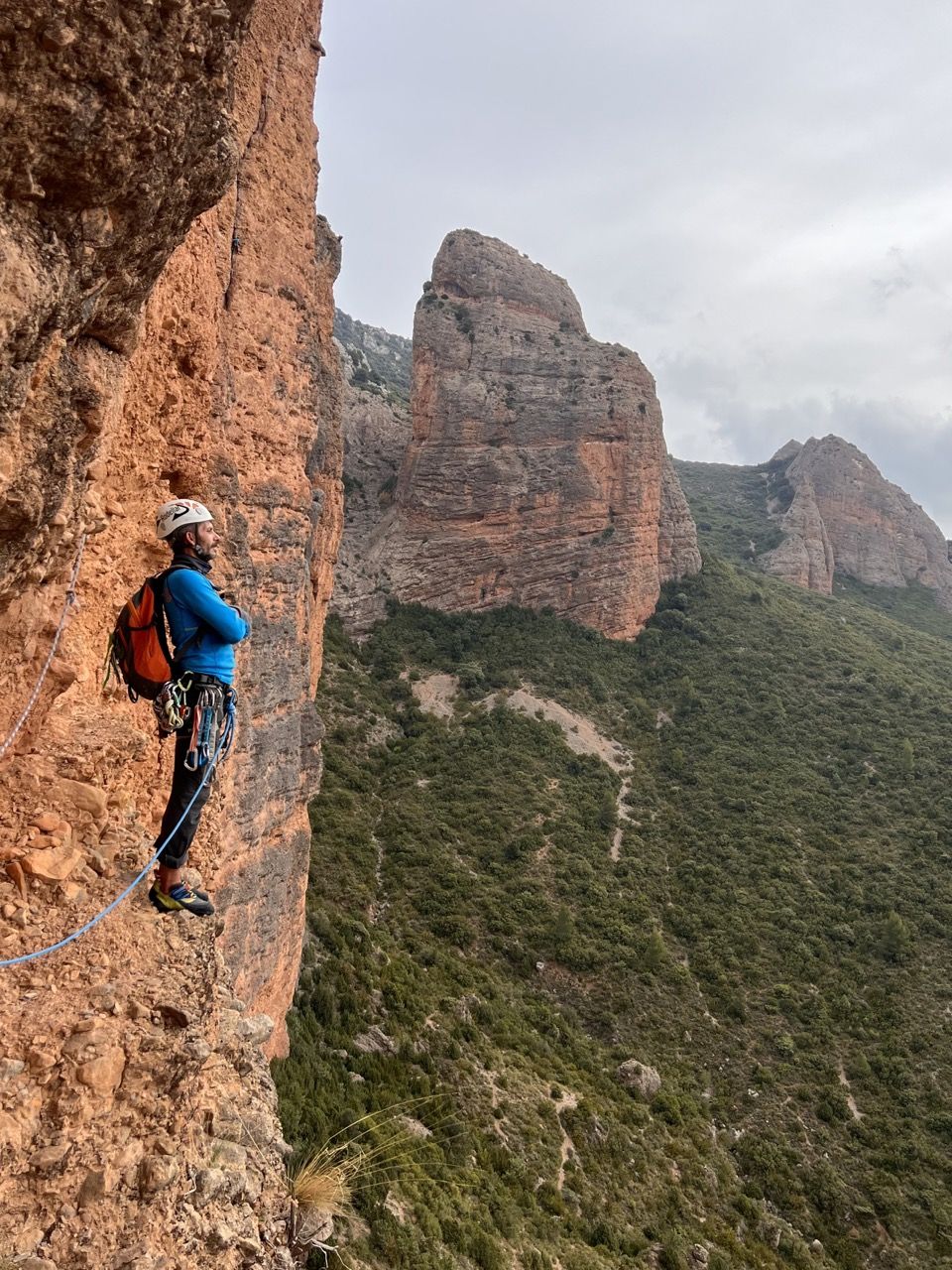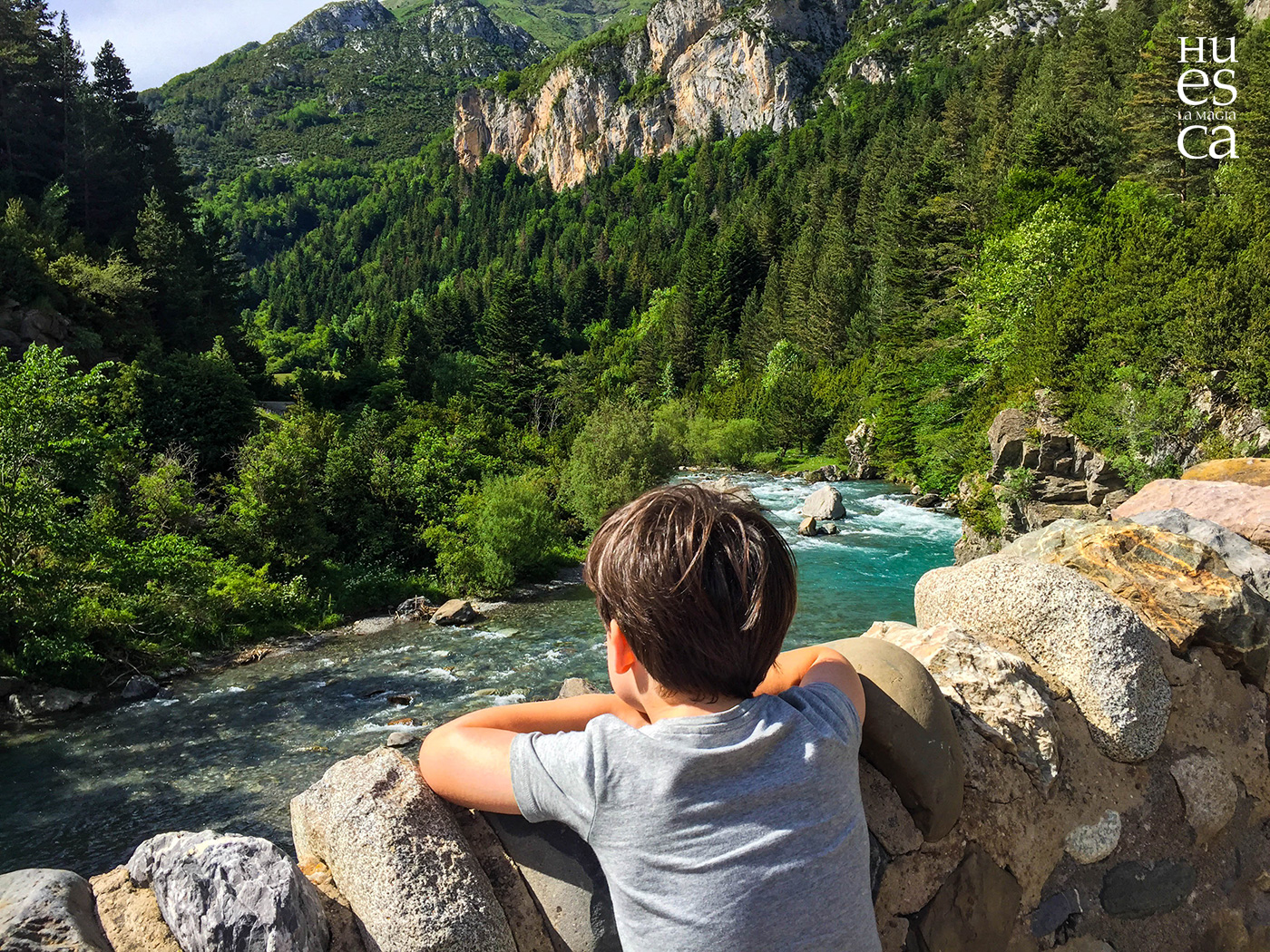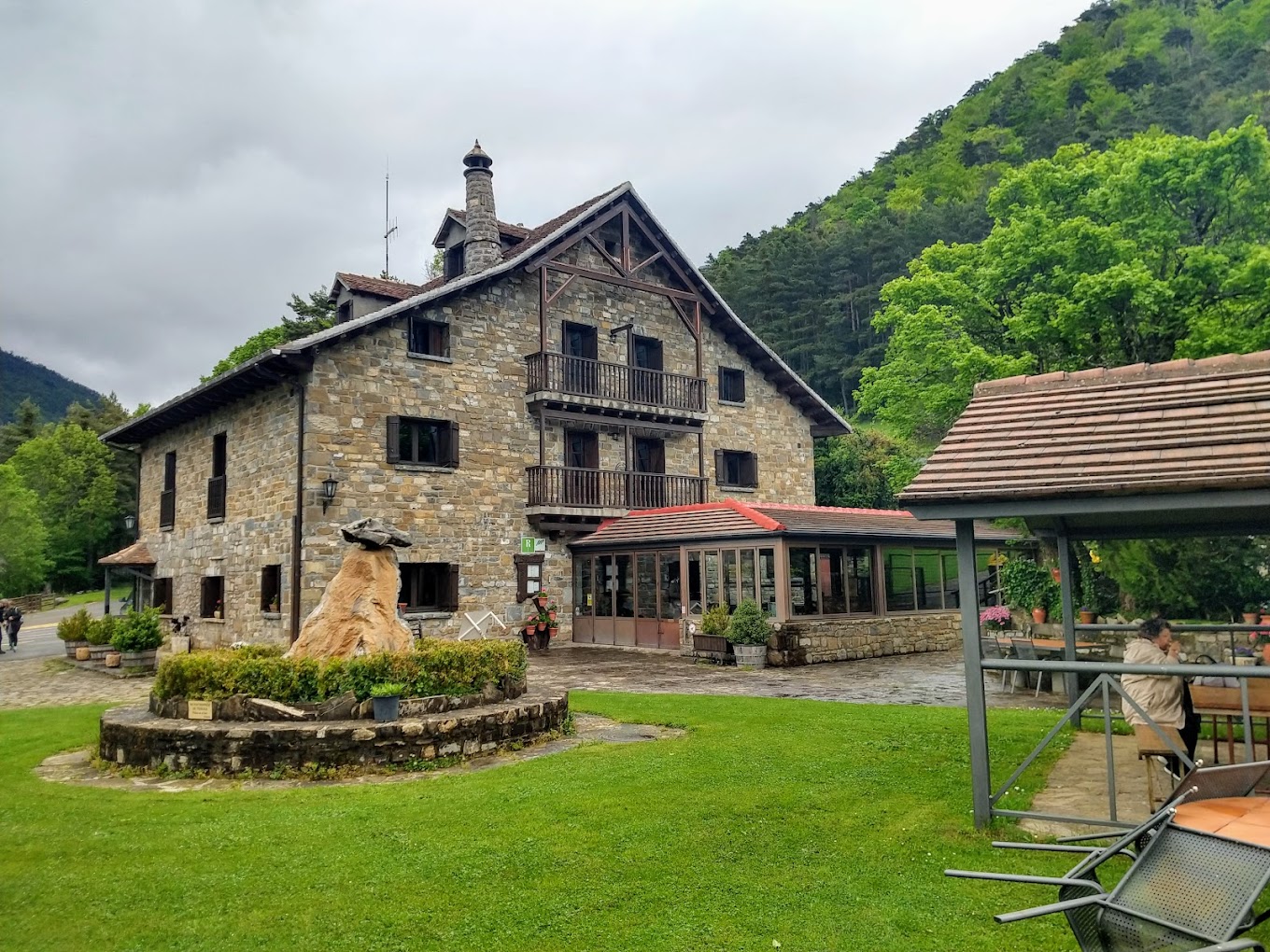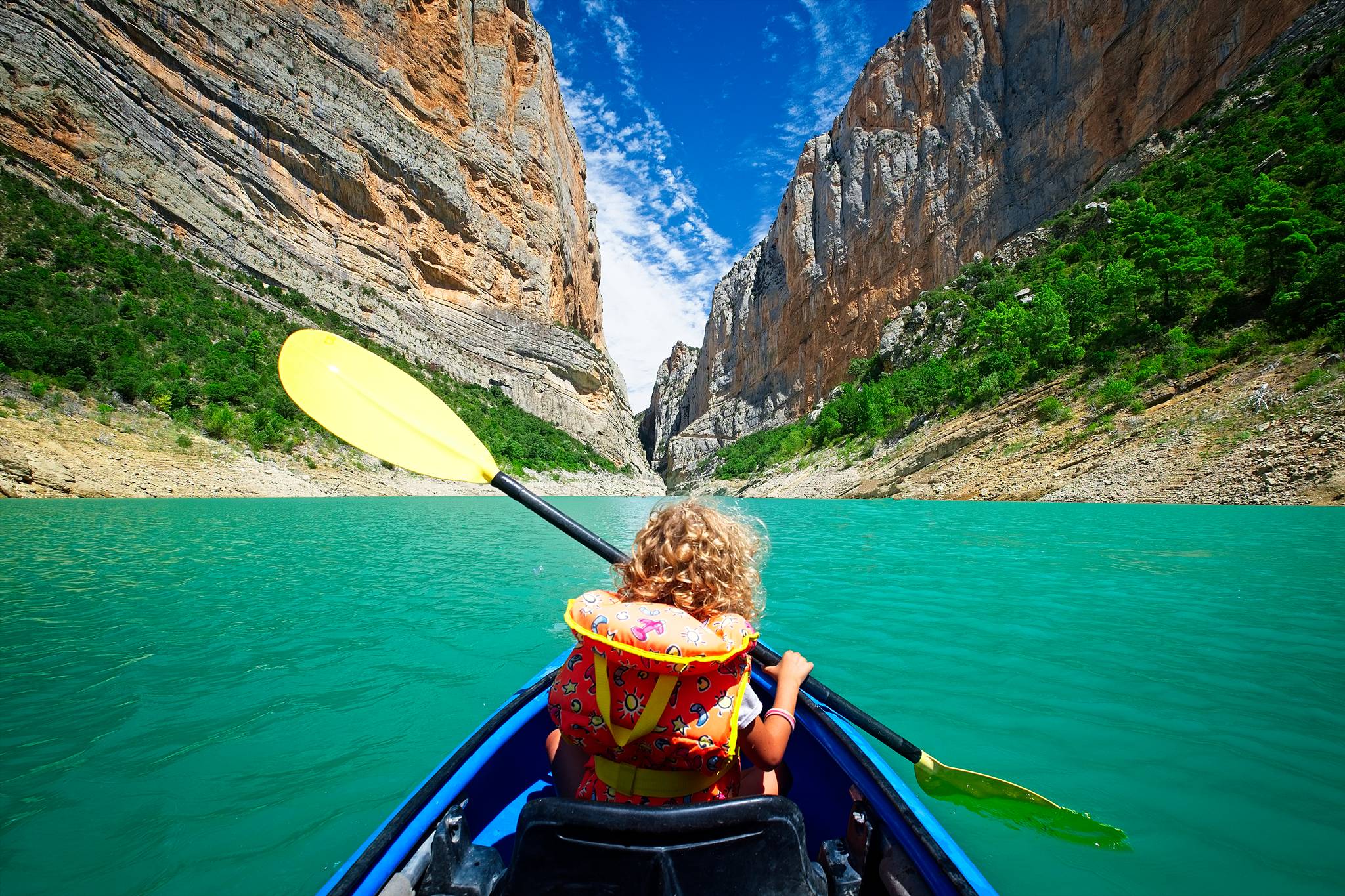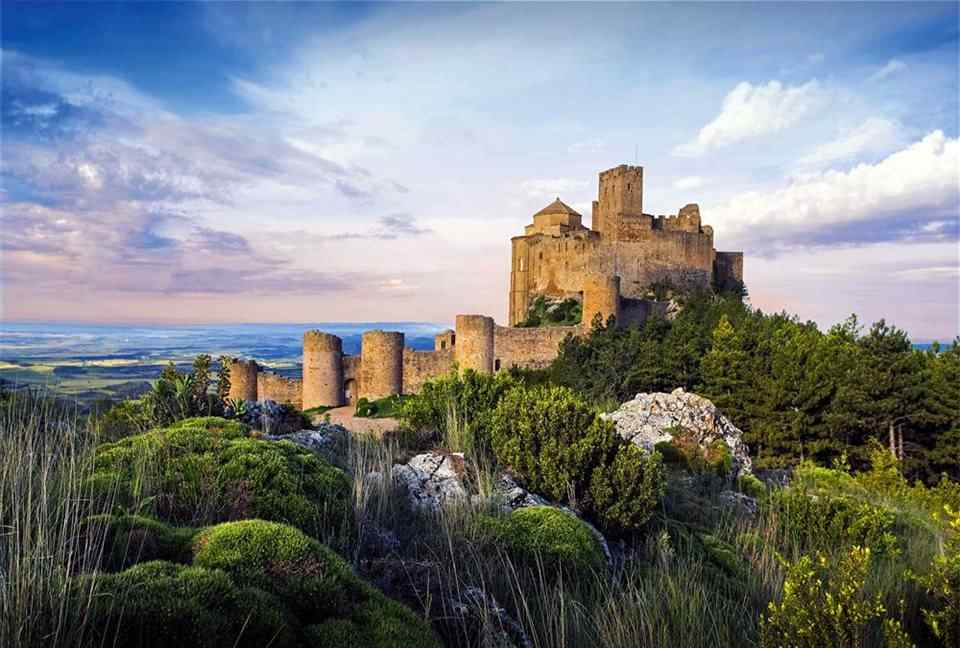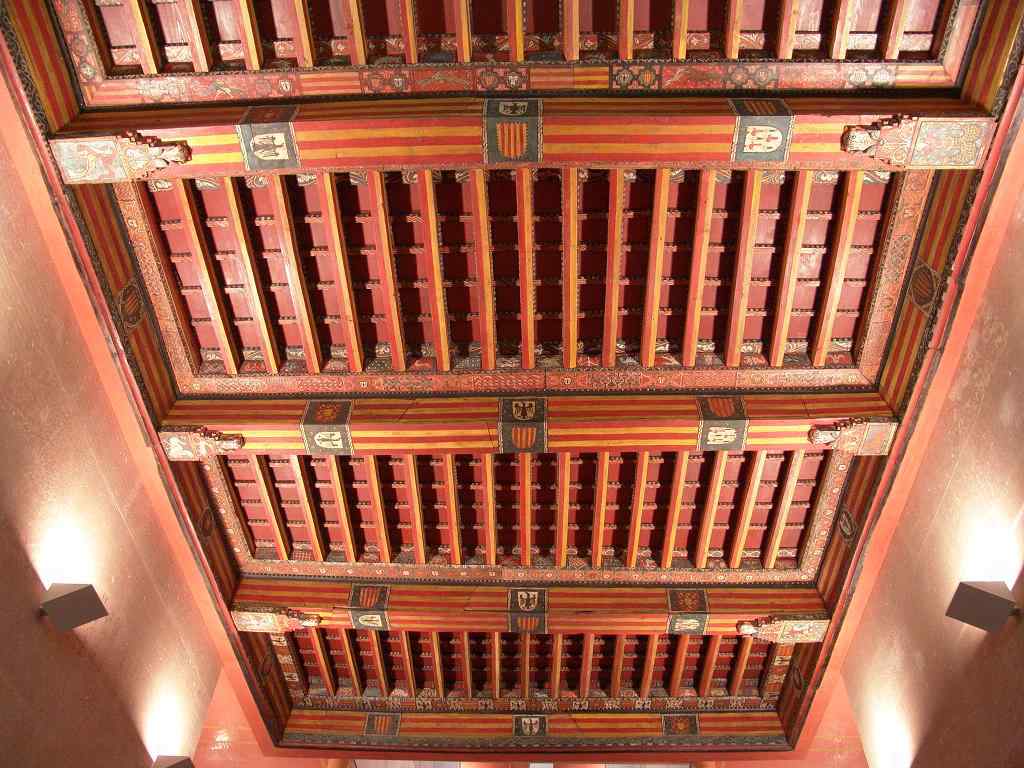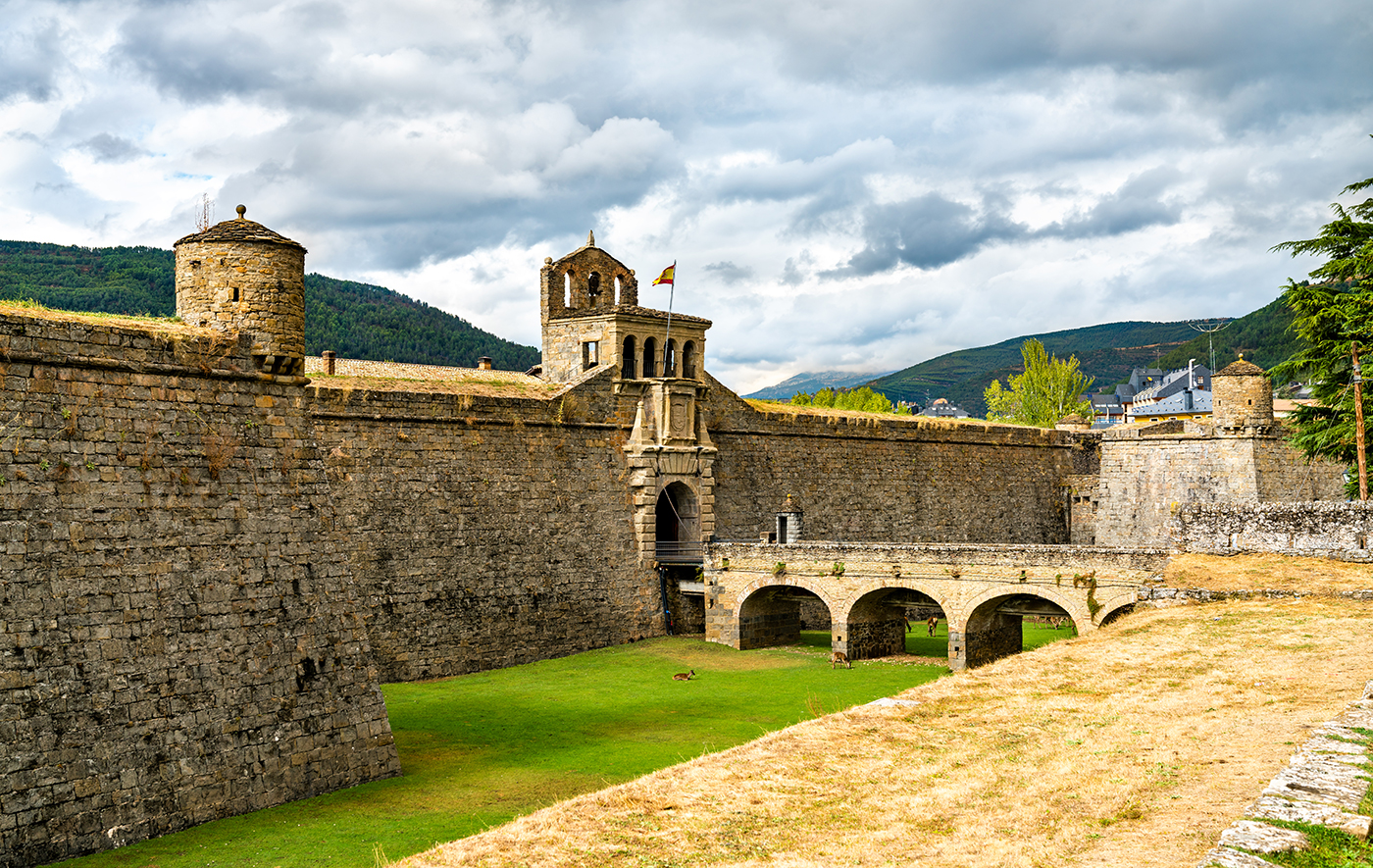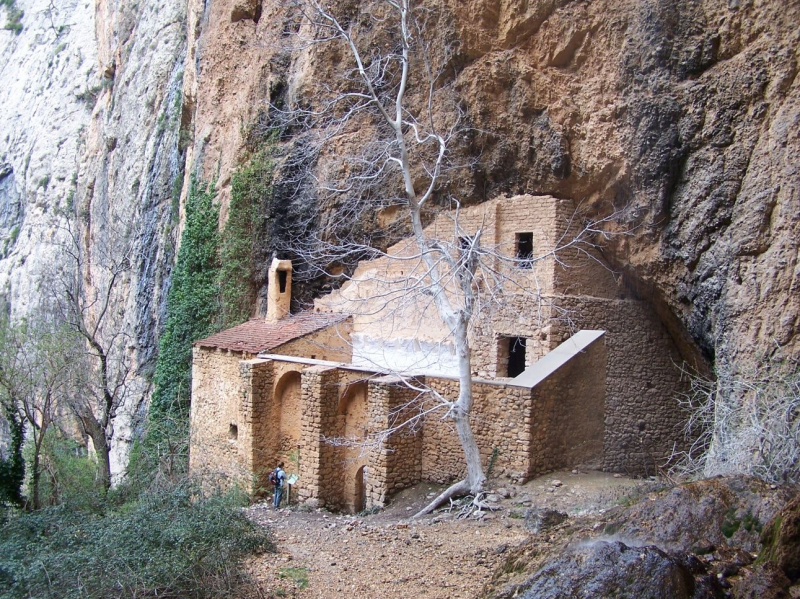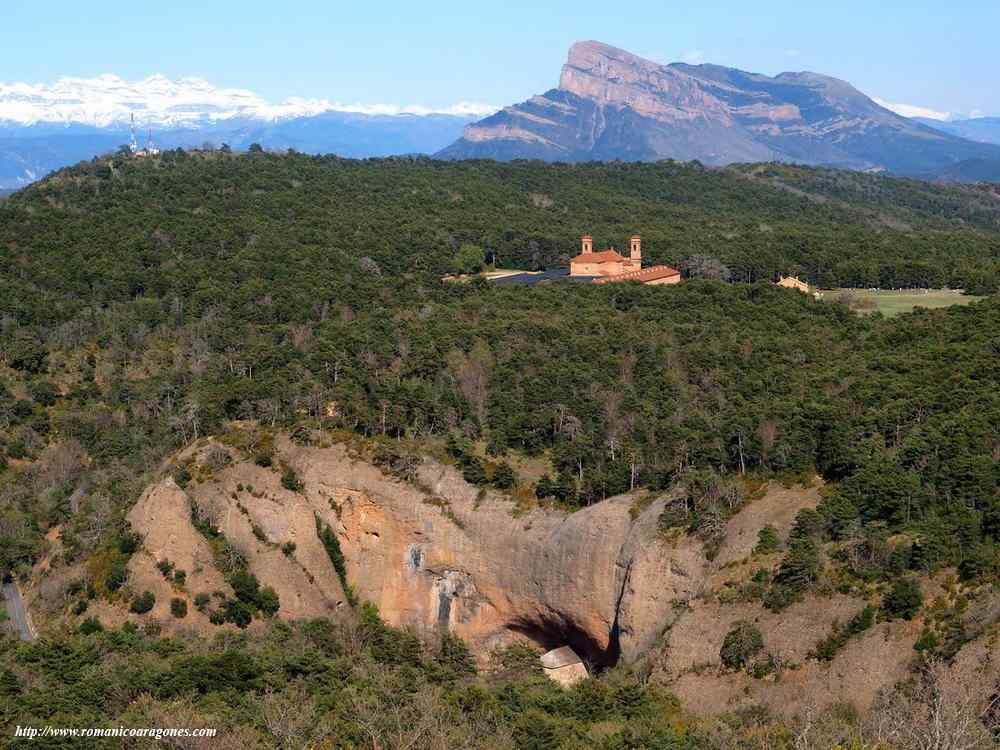5 impossible monuments nestled in rock in the province of Huesca 😲👏
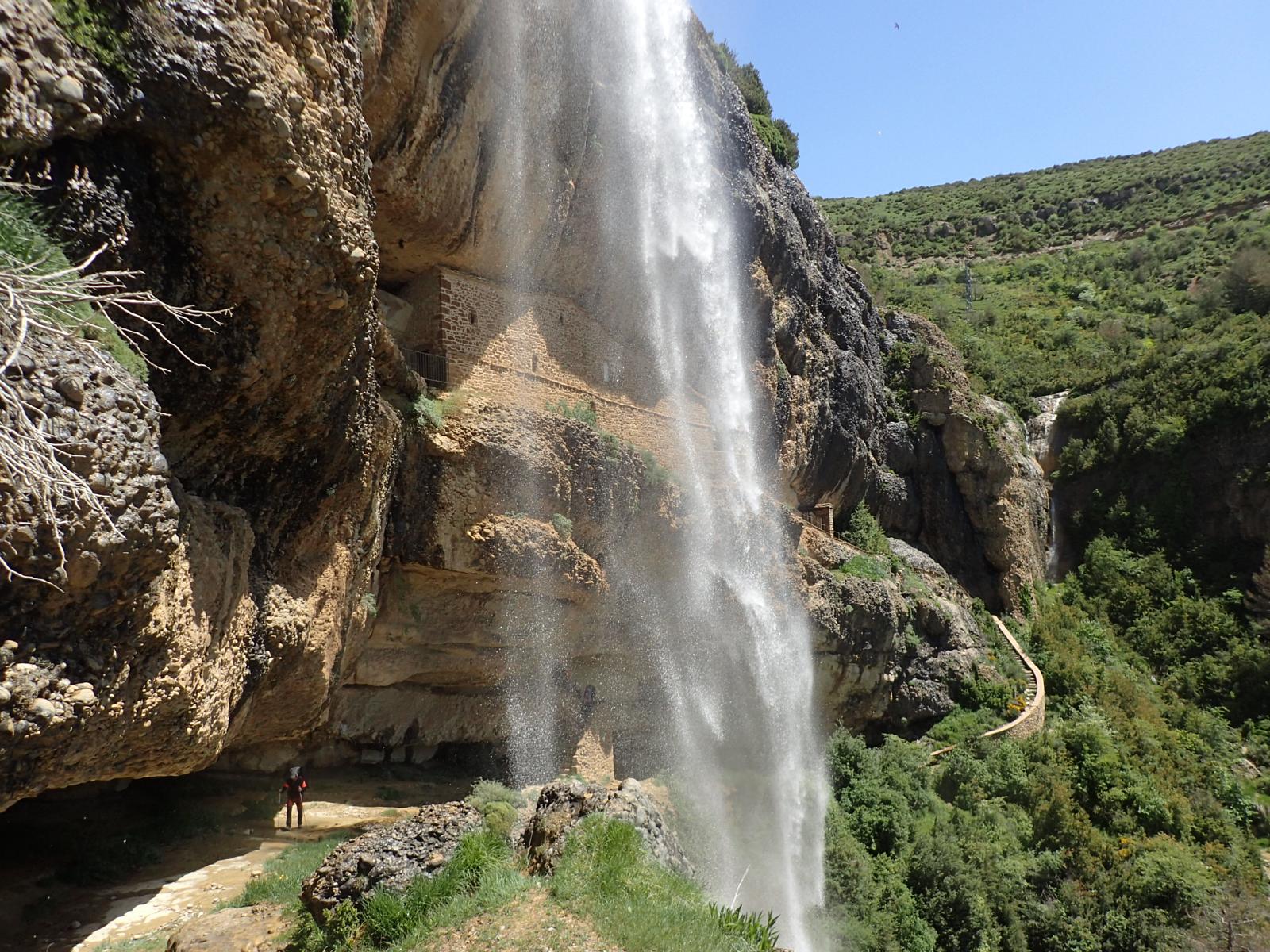
Located in the most remote places of the province, these 5 places of worship have been built defying the laws of nature 🌳😱, finding and contemplating them 😍 is a magical experience with unforgettable memories ✨✨.
1 – Hermitage of San Martín de la Bal d’Onsera
The sanctuary is located in a spectacular enclave at the bottom of the ravine of San Martín next to a waterfall, at the foot of the Sierra de Gabardiella. The origin of San Martín was a cave to which various exterior constructions were added during different periods. The monastery was rebuilt in the century in the seventeenth century. In the XVIII-XIX centuries other dependencies were added, destined to the service of the pilgrims as the home or the dining room.
San Martín de la Bal d’Onsera is a magical place, a point of reference for the surrounding villages and a temple surrounded by legends, history and traditions.
According to tradition, the place was related during the Middle Ages with fertility rituals. Aragonese kings and nobles went there in search of male offspring. The King of Aragon Pedro IV went to San Martín de la Val d’Onsera to ask that his third wife, Doña Leonor, have children, as she was. From then on the news spread among the nobles, and it is known that Don Alonso Felipe de Gurrea y Aragón, Count of Ribagorza, and his third wife Doña Ana de Sarmiento, crossed the Val d’Onsera barefoot in 1524 also asking for offspring, which they achieved the following year. In gratitude, they named their son Martin.
Discover the whole story here >
2 – Yebra de Basa cave hermitages and Chorro Waterfall
Set of four cave hermitages, linked to the cult of Santa Orosia, which mark the path that, from Yebra leads to the homonymous port, where tradition says that the princess of Bohemia suffered martyrdom.
Legend: Tradition says that Orosia was a princess of Bohemia who came to Aragon to marry a prince Fortún Garcés. His entourage, despite seeking refuge in the Pyrenees on his journey, was discovered by Islamic troops. The leader of these troops, Abén Lupo, captivated by the beauty and poise of the young woman, proposed marriage on condition that she abandon the Christian faith. Obviously she refused and fled to the port of Yebra where she was discovered, tradition says that in the cave where her relics would later rest, she was taken prisoner to the port and, where the sanctuary is, she suffered martyrdom and was beheaded after seeing her entire entourage die.
About 300 years later, in the early morning of June 25, 1072, an angel appeared to the shepherd pastor Guillén de Guasillo who kept his flock in the vicinity of the place of martyrdom, to reveal the history of the young woman and the location of the relics. He ordered him to take the remains of the young woman and leave the head in Yebra and take the body to Jaca.
Discover the whole story here >
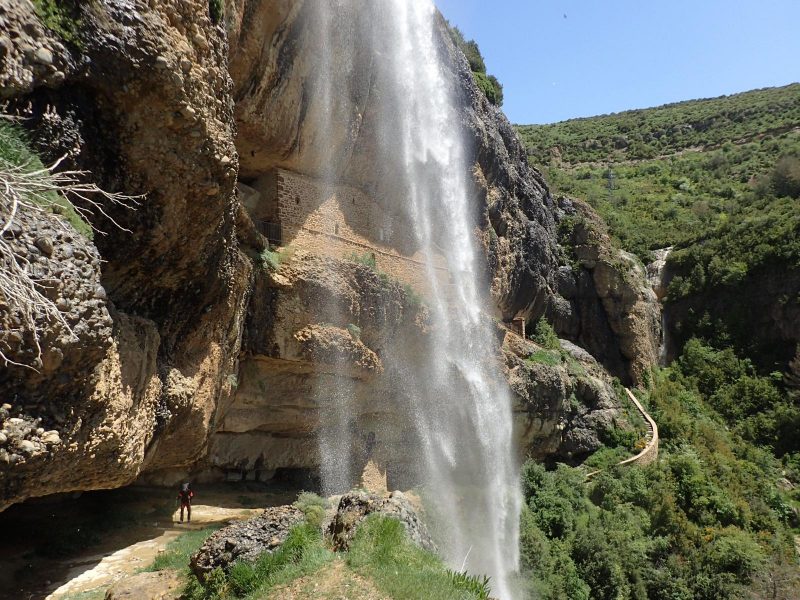
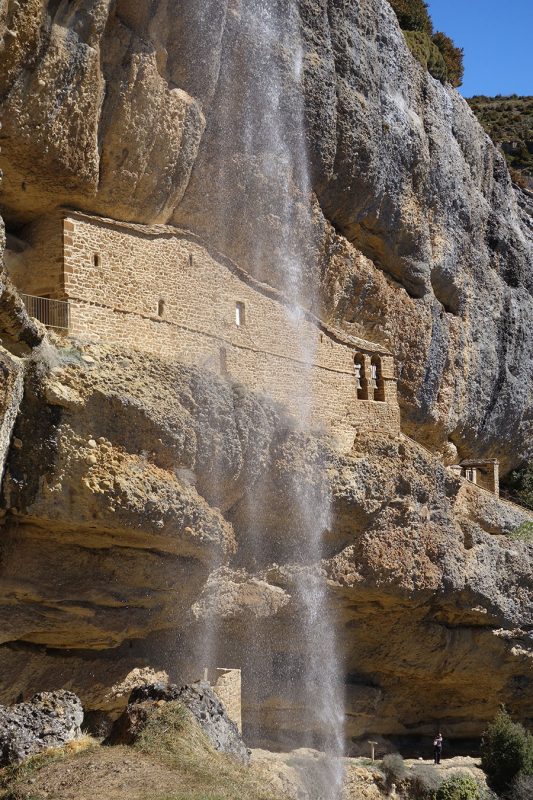
3 – Hermitage of San Úrbez in Añisclo
You cross the entire Añisclo canyon by vehicle until you reach the parking lot enabled by the Ordesa y Monte Perdido National Park.
From there, we head towards the bridge of San Úrbez, crossing it, to continue walking along the canyon, now on its left side. In ten minutes we arrive at the hermitage, located next to the confluence of the Bellós and Aso rivers.
It is a cave hermitage created taking advantage of the hollow in the calcareous wall.
An enclosure wall completes the space of the hermitage. It is accessed through a sturdy staircase that reaches the gate-door.
In the background, an enclosed space like a crypt is the place where tradition places the saint’s dwelling. It is accessed through a door in a semicircular arch on jambs in nacelle and with the backrest molded by an impost.
The panel with the schematic paintings is located outside the built cavity, below the hermitage and on the limestone rock two or three meters from the current ground (excavated when building the track).

4 – Hermitage of the Virgen de la Peña in Anies
Its location is spectacular, hanging over the void and with incredible panoramic views over the entire region. You can ascend to the cave hermitage by a steep path with the help of stairs. It is worth continuing to the top of the wall to return here by a circular route, which we can expand with walks along the track.
Here the whole excursion >
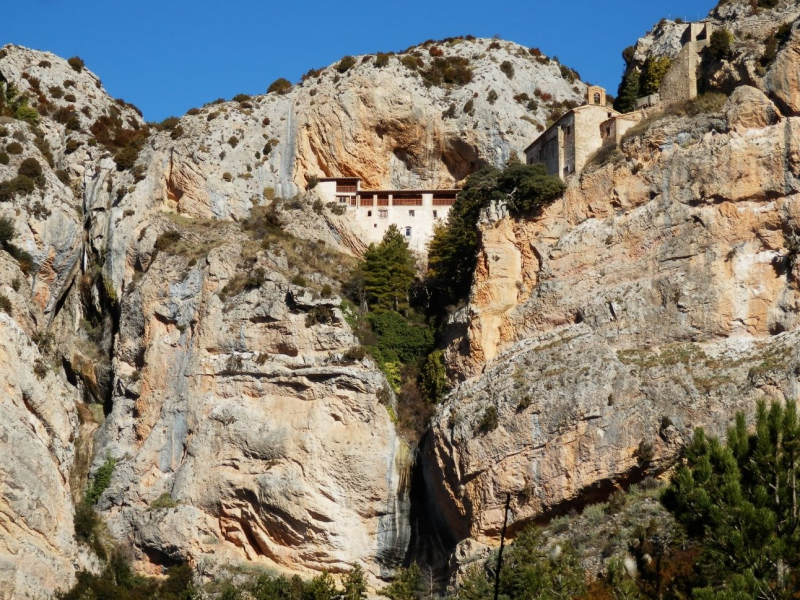
5 – San Juan de la Pena
Considered as the heart and cradle of the Aragonese kingdom, it laid the foundations of what was to be Aragon. Founded by the Aragonese count Galindo Aznar in the early tenth century, the council hall and Mozarabic-style church dedicated to San Julián and Santa Basilisa are preserved from this time. It is known as the lower church because it is above the Romanesque or high church of later building.
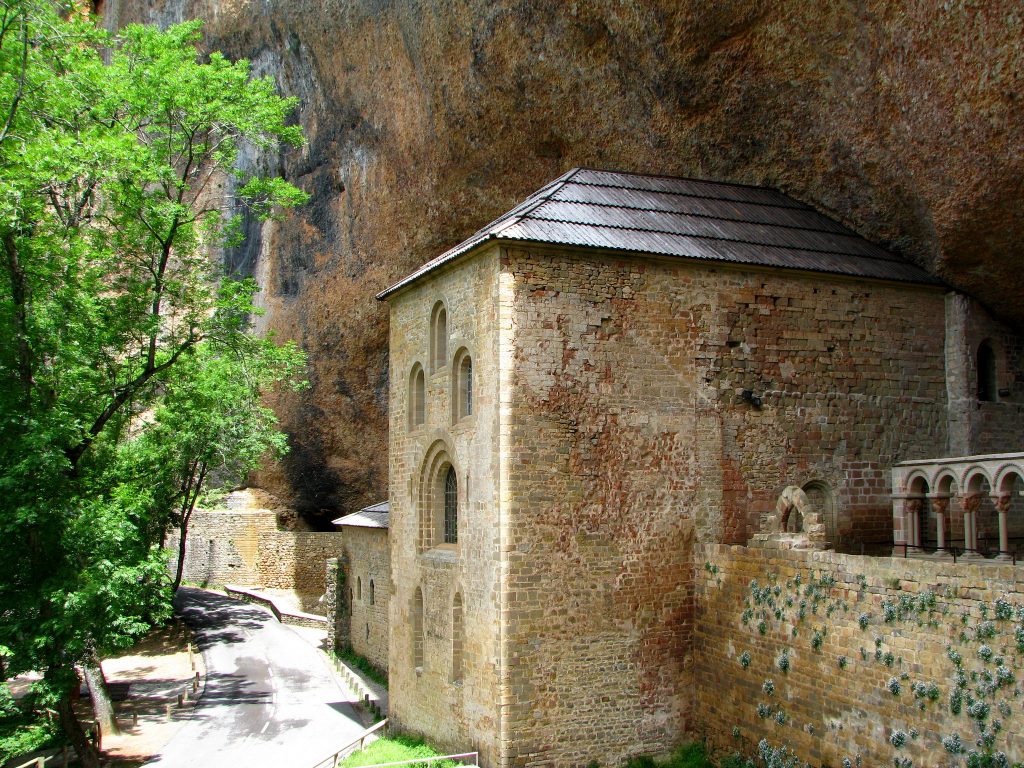
https://www.flickr.com/photos/52964558@N02/
LEGEND OF SAN JUAN DE LA PEÑA
It tells that at the beginning of the eighth century, a young nobleman from Zaragoza named Voto chasing a deer fell with his horse down the cliff of the Sierra de la Peña.
Having entrusted himself in his fall to St. John, the horse landed gently on a rock where he left his hooves marked.
From that place he followed a path that led him to the cave in which the body of the hermit Juan de Atarés lay. His head rested on a stone on which was the following inscription:
“Ego Ioannes. Primus. In hoc loco, heremita, qui ab amorem Dei, hac ecclesiam fabricavi, in honorem sancti Ioannis Baptiste. Hic, requiesco, Amen.”
Source: www.romanicoaragones.com


